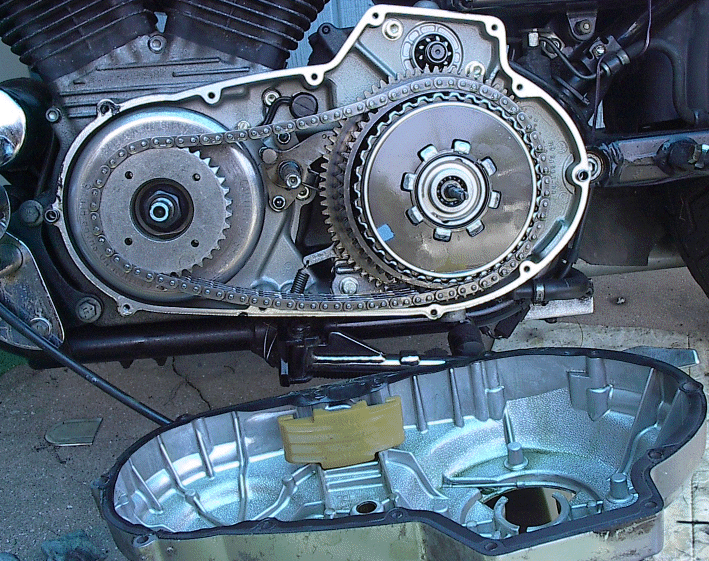I haven't seen or, to my knowledge, used this additive, though my Mobil 1 may contain some. I found a chemical structure for this compound and it looks like it can break down and release MoS2, the slippery black moly we're familiar with. I believe it has good lube qualities, especially for cold, dry starts, however I've never used MoS2 in my engine because I want to be able to see when repairs are needed and the MoS2 makes everything look like it's painted black.
My question is, when using the Moly DTC, does it coat the metal with a black film when it releases the MoS2? Or, since it is present in ppm quantities, is the black color not visible (in the microscopic pits with no extra to form a thick layer)??
I often don't drive my car for up to a week at a time, especially in the winter, and I'm told that these cold, dry starts may be the reason I always find metal caught by the magnets on my oil filter. I would like to know more about the appearance and effectiveness of this moly additive in the engine. I've always used Mobil 1 5w-30 year round so I don't have a lot of sludge to hide things and I'd like to keep the inside of the engine looking clean. Can anyone help? Thanks.
My question is, when using the Moly DTC, does it coat the metal with a black film when it releases the MoS2? Or, since it is present in ppm quantities, is the black color not visible (in the microscopic pits with no extra to form a thick layer)??
I often don't drive my car for up to a week at a time, especially in the winter, and I'm told that these cold, dry starts may be the reason I always find metal caught by the magnets on my oil filter. I would like to know more about the appearance and effectiveness of this moly additive in the engine. I've always used Mobil 1 5w-30 year round so I don't have a lot of sludge to hide things and I'd like to keep the inside of the engine looking clean. Can anyone help? Thanks.

